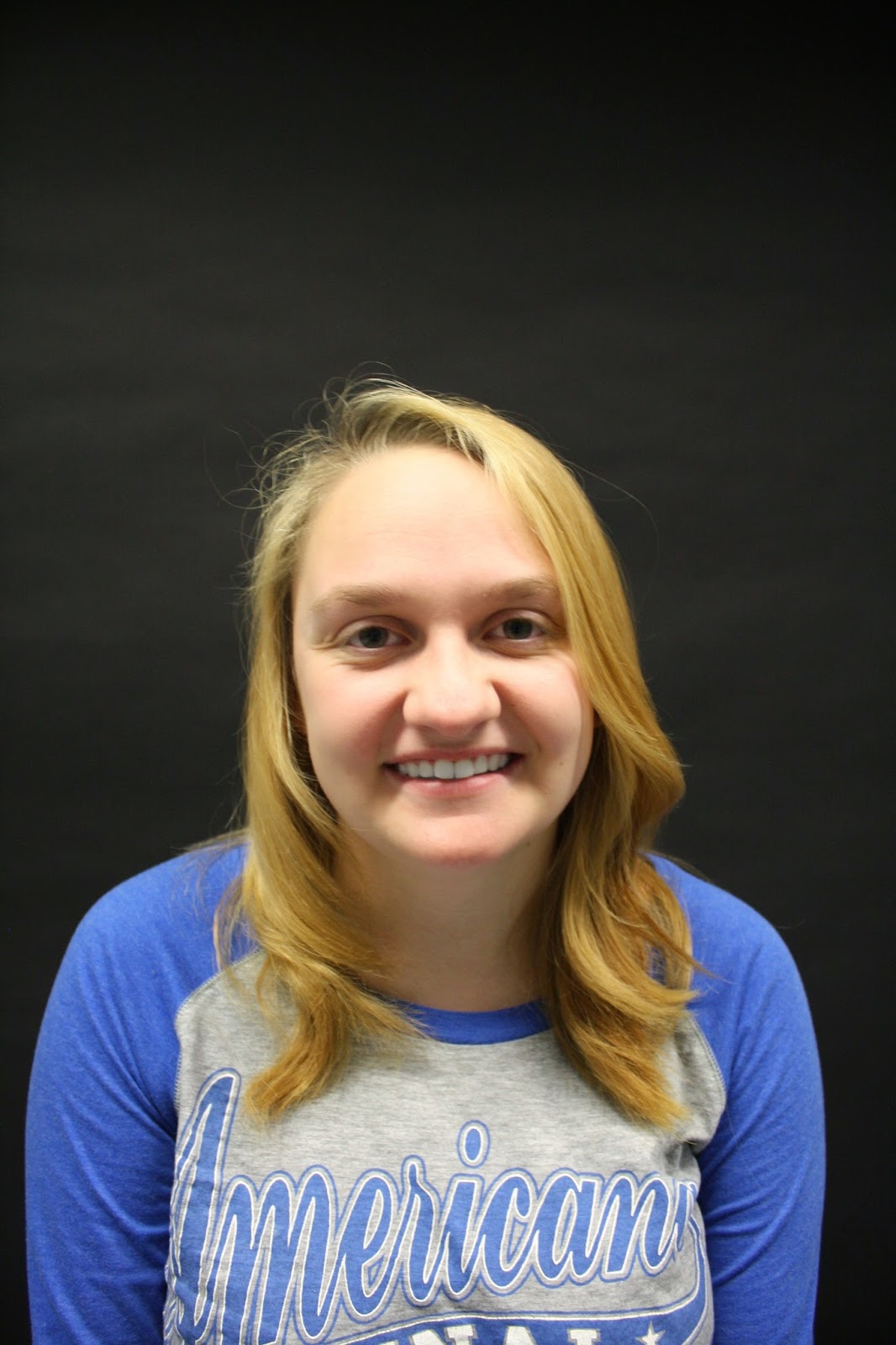Before and After
This is my best edit for shoot 2, it is of a male model who has pushed his face against a scanner while its being scanned to create the theme of flaws I am trying to show to contrast against perfection. The model has been made to look larger then he actually is due to glass, ugly and discoloured and I like this image as I feel it really shows my artist influence of Jenny Saville. I edited this image by increasing the contrast and then playing around with curves which has made the models hair look very thin and like straw compared to the original image where it looks soft and thick. It has also made the lips and face look a lot more red, in pain and blotchy which has made his lips look more plump too. You can also see blemishes and imperfections more on the face. The last thing I did to the image was crop it slightly from the left hand side so that you can't see the transparent paper underneath.
For my next shoot I plan to further my experimentation by using glass again but from somewhere different which will be the glass from my bedroom window and my classroom door in order to squash my models face up against to develop my work. This time I will be able to see how the model is morphing their face and I can give them guidance as to how I want it too look whereas I couldn't in the scanner.


















